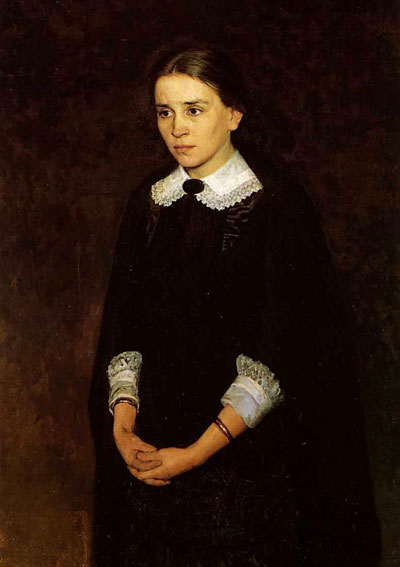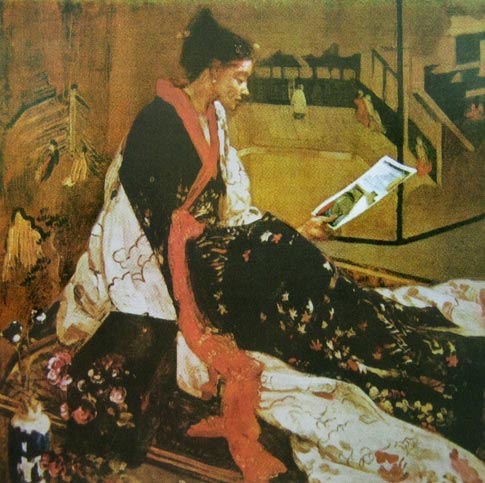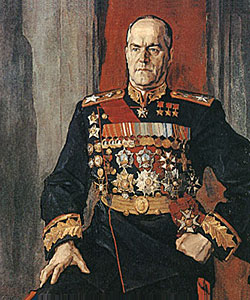introduction of an orange-red
Honore Fragonard – “Solar Brush Provence”
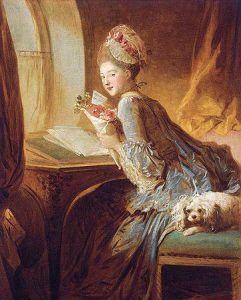 Attraction to the poetry of life, its emotional richness distinguishes Fragonard among the brilliant artists of France of the XVIII century.
Attraction to the poetry of life, its emotional richness distinguishes Fragonard among the brilliant artists of France of the XVIII century.
The destiny of the master initially developed happily. Even in his youth, he quickly and easily achieved success, was recognized by the Academy. Then – the rejection of the paths of a successful artist. But independence did not bring him worldly well-being. In the last years of his life, Fragonard loses his customers, almost forgotten by the public. Continue reading
Camille Corot: “I write with my heart”
 The large, half a century long, creative life of the French artist Camille Corot (1796–1875) was, as it were, subject to the change of seasons. In the winter months he worked in the Paris workshop, often visiting the opera and the conservatory. But the happiness of communicating with wildlife meant for the master incomparably more than visiting museums and concert halls. Every year with the onset of spring, he went on a journey through various regions of France to write sketches. Many of them have become pearls of plein-air painting. Continue reading
The large, half a century long, creative life of the French artist Camille Corot (1796–1875) was, as it were, subject to the change of seasons. In the winter months he worked in the Paris workshop, often visiting the opera and the conservatory. But the happiness of communicating with wildlife meant for the master incomparably more than visiting museums and concert halls. Every year with the onset of spring, he went on a journey through various regions of France to write sketches. Many of them have become pearls of plein-air painting. Continue reading
Antoine Bourdelle and Aristide Maillol – antiquity in the works
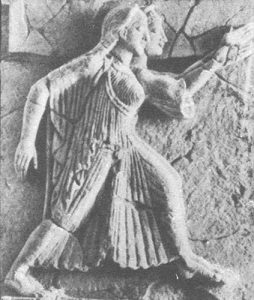 Antoine Bourdelle and Aristide Mayol. What binds them? That they were born in the same year – 1861st? That both are French? Or that they are outstanding sculptors and are at the forefront of the art of the 20th century? Yes it is. But, among other things, another, very important. They admired antiquity and became its living carriers in an era that did little to flourish sculpture.
Antoine Bourdelle and Aristide Mayol. What binds them? That they were born in the same year – 1861st? That both are French? Or that they are outstanding sculptors and are at the forefront of the art of the 20th century? Yes it is. But, among other things, another, very important. They admired antiquity and became its living carriers in an era that did little to flourish sculpture.
Sculptors lived at the turn of the century. Humanity was on the verge of the First World War, the October Revolution, which shook the foundations of the old system. Closed the last page of classical art history. The first letters fit into a book called Modern Art. Continue reading

